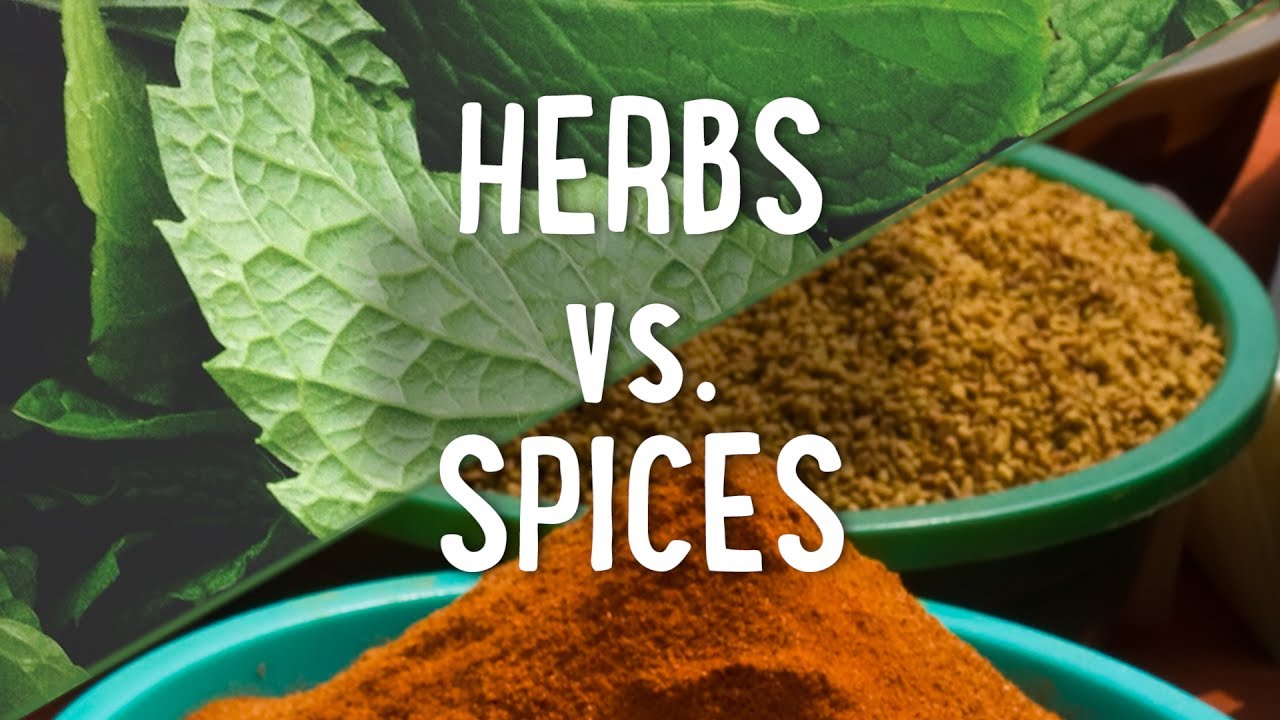WHAT IS THE DIFFERENCE BETWEEN HERBS AND SPICES?

The difference is in the source and the origin. For example, herbs mainly grow in a moderate climate and are from small, green, herbaceous plants. The leaves and stems are often used for this. Examples of herbs are thyme, basil and parsley.
On the other hand, you see that spices grow in a (sub) tropical climate and are from flower buds, stamens, seeds, fruits, bark and roots. Cloves, for example, come from the flower bud. Saffron comes from stamens. The fruits of plants provide coriander and pepper, for example. Ginger and turmeric come from roots. And cinnamon, for example, is made from the bark.
THE SIMILARITIES BETWEEN HERBS AND SPICES
Besides the differences, there are also similarities. One thing is certain: they are both fantastic seasonings. Not only does it give off delicious scents but they both add a delicious, aromatic twist to any dish. Think, for example, of a touch of cinnamon or vanilla in your oatmeal or yogurt. Or a little bit of clove or bay leaf in stews. And you can make a delicious sauce with, for example, oregano, thyme, basil or sage. Furthermore, herbs and spices are both a feast for the eye. Consider, for example, turmeric or paprika that give any dish a real boost of color. In short, a whole experience for all your senses.
THE APPLICATION OF HERBS AND SPICES
Now that you know the difference between herbs and spices, it is also helpful to know when to add an herb or spice to a dish. Is that at the beginning or after the preparation? There is no clear answer for this. It differs per herb or spice and of course it also depends on which dish you want to make with it.

